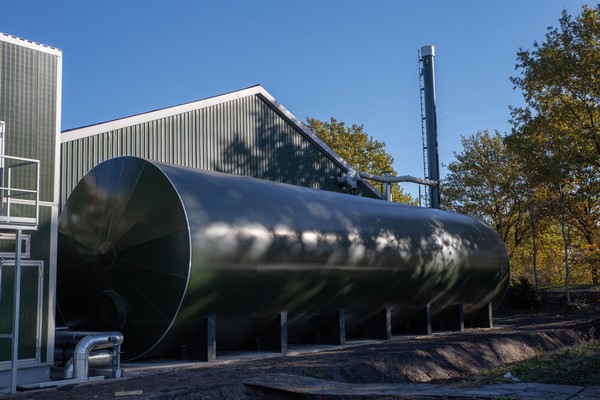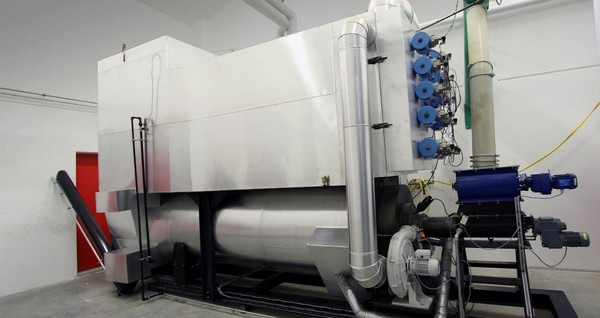The Dutch company Combest offered a manure incineration line that converts poultry manure into energy has for several years. Since 2021, Combest can also be used to burn vegetable residues in addition to manure incineration, largely using the same technology.
The company is currently offering three more companies the incineration line in 2022. It is possible to receive an SDE++ subsidy for the technology in the biomass category.

The new innovation offers a sustainable and profitable way to convert vegetable residues into energy, according to Jurre Dijkstra, who founded Combest together with Rudy Daniëls in 2018. In a video message, he touches on the rising energy prices and offers entrepreneurs an energy source "with a short payback period and very interesting subsidy possibilities."
Tons per year
In the video, Jurre explains that vegetable residues can be used to heat greenhouses and the CO2 can be used to stimulate plant growth. This logically results in savings on the purchase of gas or other fuels, but also on the purchase of CO2. Moreover, growers save on the cost of disposing of vegetable waste, and burning it produces 'mineral ash' that can be used as a soil improver.
The question is then, of course, what exactly should that waste look like? Rudy explains that "the technology mainly needs large, homogenous volumes of over a thousand tonnes a year. Think of pepper or tomato plants. Waste from ornamental horticulture in greenhouses, such as cut flowers, is also not inconceivable, but we have not yet done any measurements or calculations on this." Regardless of the source, a little contamination in the waste is not a problem. "A few percent of binding wire or some fruit residue is fine."

Heat
Combest makes the machines to order in a machine factory. The machines have a combustion capacity of 550 KW to 2.5 MW. "By placing several machines in case, almost any type of power can be achieved." How many hectares of greenhouse growers can heat with the generated heat is, like the machines, also variable. The combustion capacity of one 550 KW machine is about 140 kilograms per hour, good for about 13.7 GJ of energy in the case of sweet pepper waste.
Combest would like to get in touch with entrepreneurs who dispose of vegetable waste and pay for it. Jurre: "We are happy to calculate the payback period for entrepreneurs without any obligations."
For more information:
Combest
www.combest.nl/groenteverbranding/
